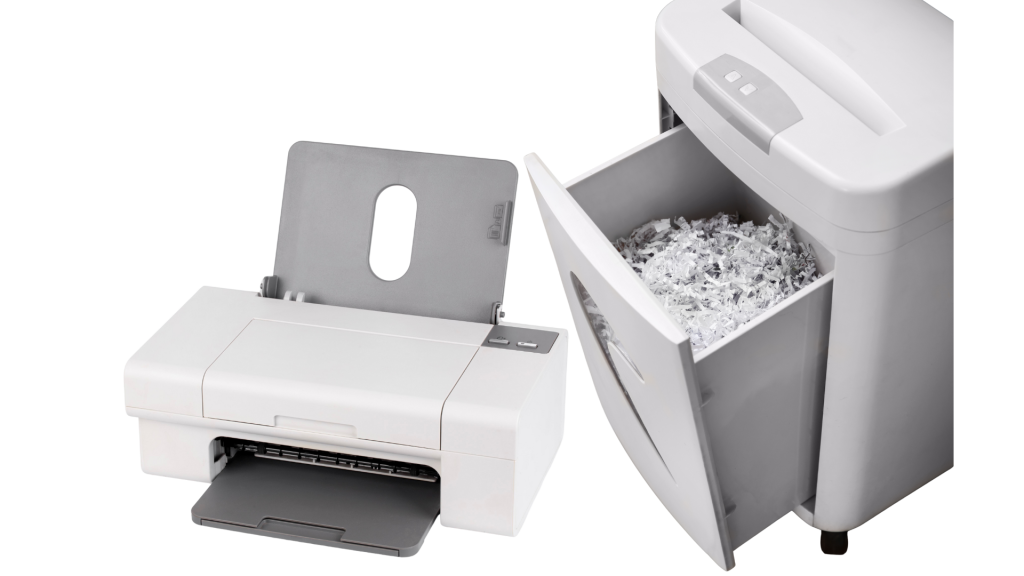
What is Unstructured data and why it matters
As an organization, we go through this every day. Generating and collecting data in different forms, Word documents, email messages, PowerPoint presentations, blog posts, call centre transcripts and social media sites. Not leaving out images, audio and video files. These are all known as unstructured data.
New platforms and tools have emerged that can be used to manage and analyze this unstructured data. These tools assist organizations maximize on the potential of this data for business intelligence.
This helps in ensuring you don’t leave your unstructured data lying there unused. Structured data are already being utilized by organizations because they are organized in a searchable format and easy to use.
Organizations have either been able to organize and analyze their structured data themselves or have built a business structuring unstructured data then selling that as a service to others.
‘Unstructured data refers to information that lacks a predefined or organized structure, which includes the above-mentioned.’
‘Structured data is organized neatly in tables or databases with rows and columns, such as spreadsheets.’
Key Takeaways
- 80% of your company’s data is unstructured and mostly unused.
- Unstructured data can transform decision-making.
- Modern tools make analysis possible.
- To leverage unstructured data, start with structure and strategy.
- Real-world impact across industries.

Examples of Unstructured data use cases
In Financial Industry
Natural Language processing is used to parse unstructured financial data, pulling out numbers from financial report documents. These are then analyzed through Machine Learning, which is then used to automate what was previously manual and time-intensive. This can help in faster decision making.
Banks can use this data to introduce new products
In Legal Industry
Legal briefs and court briefings are scanned, pulling out and analyzing this data, providing insights for judges, lawyers and lawsuits. Various parties can use this to their advantage in legal cases.

Protect your Confidential Documents.
Find the right Tools to manage your Confidential Information.
Digital Scanners – Assess and Choose the Right Scanner for Your Needs.
Document Shredders – Choose a document shredder that works for you to ensure your information is safe.
Is your unstructured data reusable?
The majority of new data generated today is unstructured. Which, if stored, becomes bulky and unmanageable. It is often heavily texted and varies in format, and not easily searchable. But if a company invests in unstructured data, it can be very valuable.
Did you know that unstructured data is 80% of all the data you are generating in your company?
How can Unstructured data be beneficial to a company?
It can be used for:
Customer insights – This data can be used to improve customer experience and enable target marketing. Organization analyzes customer reviews, feedbacks and social media engagements. This helps the organization understand customer opinions, pain points and emerging trends.
Decision making – This data can help companies understand what their documents and records contain. This enables the company to make informed and data-driven strategies by integrating both structured and unstructured data. Combining numbers (e.g sales data) and narratives (customer comments)
Data Analysis – Through the use of machine learning models (ML), hidden patterns can be detected in the unstructured sources.
Operations efficiency – Through the use of text mining and Natural language processing (NLP), this data can be classified, automated and utilized in fraud detection and risk analysis.
Innovation and competitive advantage – Companies can leverage unstructured data to discover opportunities by gauging a holistic view of their environment.
How can you leverage your unstructured data?
Define the business case.- What do you want to solve? You can pick 1-3 high-impact problems to solve. e.g in Insurance, speed up claims processing
Map out your unstructured data lives and create an inventory. What, who, where and how. Unstructured data would be in scanned documents, emails, images, notes, etc. These are mapped out, and an inventory is created.
Assess legal and privacy constraints.- identify PIIs and sensitive content. Confirm compliance needs (Kenya Data Protection Act, GDPR) and then you can decide on the anonymization/redaction requirements.
Create storage architecture.- Collect, import and load data from different sourcing into a central location.
Prepare and standardize data – convert data into machine-readable formats. ensure OCR quality is on par, transcribe audio, normalize time stamps, schema for metadata, language detection and removal of duplicates.
Extract and enrich – Through the use of AI, ML (Machine learning) and NLP (Natural language processing).
Store extracted output in a usable form.
Build analytics and Machine learning models
Integrate insights into workflows and services/products.
Reporting and self-service discovery – Build dashboards for executives and operational teams.
Monitor, govern and maintain – Data quality, performance, and maintain an audit trail for compliance.
Repeat and scale – Rolling out successful pilots to other team members.
Conclusion
Why not start now and maximize on that data, both unstructured and structured that is idle and lying around.